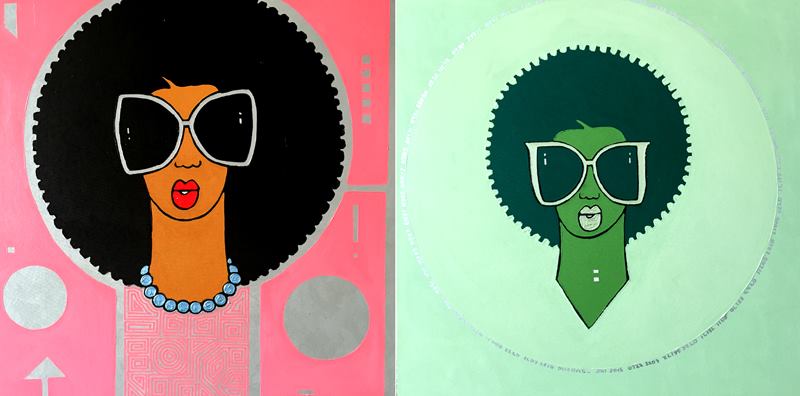By Ryan Dicovitsky
Published February 9, 2010
Near the end of January 2010, a conference was held in Geneva which promoted the viability of often-maligned fashion industries as a potential source of economic growth for the world’s least developed countries (LDCs). Hosted by the United Nations Conference on Trade and Development (UNCTAD), the ‘Best Use of Nature’ conference also aimed to promote fashion practices that don’t harm wild animals and plants.
The fashion industry has consistently been accused of injustices against nature, ranging from animal testing to degradation of the environment. However, the UNCTAD conference gathered a wide array of experts to comment on the potential benefits fashion industries could bring to both the developing world and nature.
Carolina Quintana, an official with the UNCTAD Creative Economy and Industries Programme, said “marketing fashion products, including not only clothes but cosmetics and perfumes, can lead to significant employment gains in developing countries, and frequently involves small businesses.”
Despite the rich cultural fashions of developing countries, poorer nations have yet to make serious inroads to the international fashion sector, especially in Africa. Quintana pointed out that the fashion world has traditionally drawn on the artistic styles of Africa, and frequently benefited from materials originating in Africa. Harkening back to the developing world’s colonial past, African resources such as leather and cotton are critical to the successful production of new fashion items. But, Quintana emphasised, “It was rare that the communities from where inspirations and inputs were derived benefited from the successes of the world of fashion.”
RELATED: World Routes Comes to Africa for First Time in 2015
With the conference in Geneva and other initiatives, UNCTAD is hoping to change that disparate reality. The conference speakers described specific measures that are being taken to the boost fashion in the developing world, and proposed further actions that could be taken to boost development. The conference concluded with other discussions on how to implement environmentally-friendly practices, as well as with an ‘EcoChic’ fashion show featuring environmentally-sustainable fashion products.
As far as steps that could still be taken to boost fashion industries and growth in the developing world, both the private and public sectors play a critical role. The first step, however, is to raise the consciousness of the stakeholders involved in development. Quintana said via email that there is a need to , articulate the concept of ‘creative economy’ to sensitise government, private sector, and civil society about the economic, social, and development impact of these industries in terms of job creation, social inclusion, and income generation for exports.
RELATED: World Routes Comes to Africa for First Time in 2015
On a governmental level, UNCTAD suggested that leaders could help create an environment that fashion industries could thrive in. By creating policies that give incentives to investors to support business owners and resource suppliers, officials in the developing world could pave the way for thriving fashion industries that help to lift their people out of poverty.
Even a greater emphasis, however, should be placed on the private fashion sector. Fashion industry officials should begin to consider regrouping their industries so that more mass production occurs in the country or continent from where materials originate. In the new production environment, the use of natural materials would make products cheaper for locals to buy.
Ultimately, the success of fashion in the developing world will depend on how the fashion community reacts to these proposals. In order for products to remain profitable, outlets will need to be made available for producers to showcase their products, especially on the international fashion show level. If producers from developing countries were given a spotlight, they would have a better chance of making their products known, subsequently increasing sales and boosting local economies.
It’s still unclear whether these actions will occur, and a strong international dedication is needed to make emerging fashion industries a reality. However, as Quintana highlights, it makes sense to ‘unleash the great potential for the creation and marketing of creative products.’
A MediaGlobal Article.




